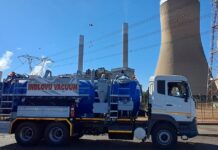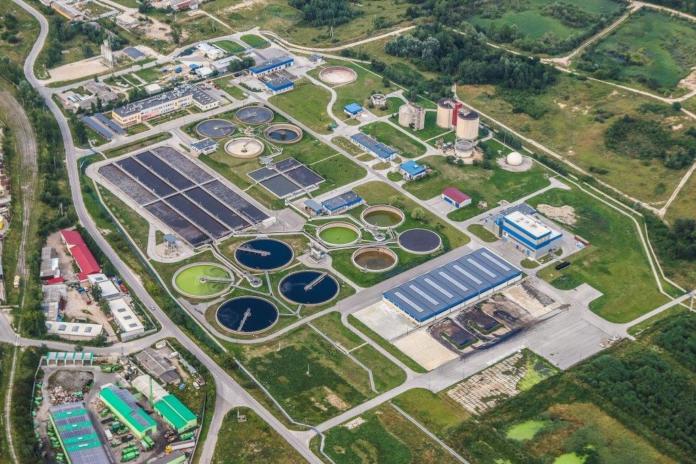JOYCE Moganedi, Sales Manager Power and Water at ABB Energy Industries, South Africa explains why it is critical for the nation’s water industry to embrace automation and technology to obtain higher efficiencies from their existing infrastructure and operate in a smarter and more sustainable way.
South Africa had a big wake up call two years ago when Cape Town came perilously close to being the first major global city to run out of drinkable water. The region was suffering from one of the most severe droughts in memory after a sustained period of low rainfall. This all transpired to put Cape Town on the brink of Day Zero, the time when the municipal water supply would be cut off.
If there was ever a doubt about the scale of this mounting challenge, then the stark figures will dispel that. In 2019, 66 per cent of the population of South Africa lived in cities and according to the WWF demand is set to reach 17.7 billion m³ by 2030 – up from 13.4 billion m³ in 2016. Estimates from the South African Government show that more than half of the wastewater treatment infrastructure is in poor or critical condition with 11 per cent of current infrastructure completely dysfunctional. The picture is equally as bleak when it comes to water treatment facilities with 44 per cent of infrastructure in poor or critical condition.
The fact that such a proportion of the current infrastructure is completely dysfunctional should be a big red flag to everyone concerned. But the solution is not just improving the current infrastructure; there needs to be significant investment to increase the capacity if we are to meet the growing demand for clean water. Certainly, investment in more wastewater treatment plants would help and there are also new strategies from the Department of Water and Sanitation with initiatives promoting desalination and water reuse.
It is not just consumers who will suffer if water is not managed sustainably, much of South Africa’s industry relies on water. In 2019, 2.5 per cent of water was directed to mining, three per cent to industrial use, two per cent goes towards power generation and a massive 61 per cent is taken up by agriculture – leaving only 27 per cent for consumption for a population of over 60 million.
Automation and digital technologies are key in supporting plant operators achieve efficiencies, optimising performance while reducing waste, but there is an urgent need for infrastructure upgrades. In terms of increasing efficiencies, ABB provides the integrated solutions by offering automation, electrical and digital solutions to improve the efficiency of the treatment process. We see our role here as crucial to increasing efficiencies and optimising performance so that we can make every drop count. We curb some of the issues that the end customer is experiencing that results in non-revenue water and that is where we solve problems with our digital solutions, such as our water management system.
Plugging the leaks
Loss of water through leakages is a huge problem with estimates indicating water losses between 15 and 30 per cent in developed countries and up to 70 per cent in developing nations. Given those figures leak detection is critical, and The Department of Water and Sanitation is addressing this problem with a strategy they call the no drop programme of certification. This targets water conservation with the aim of curbing water losses so that the result is zero losses. Municipalities can achieve a more sustainable water supply, and we can help municipalities with the water management system.
Within this solution there is an integrated geographical information system that allows municipalities to pinpoint leaks and burst pipes and act accordingly in real time. That saves them both time in increasing the efficiency of their maintenance and repair teams, but more importantly keeps any water losses to a minimum.
At the heart of all of ABB’s solutions is visibility across the entire water cycle. We are connecting the plant assets and retrieving data in real time to allow visibility across the entire operations. Having this information available enables the facility operators to make more informed decisions and develop plans. While the focus of operators is on delivering clean water, they also need to be aware of their energy usage. Within the water management system there is a modular package on energy monitoring which is targeted at pump stations, allowing them to control or monitor their energy usage levels.
Barriers to change
Given the escalating challenge of supplying a growing demand from a limited supply of water, the measures discussed would seem to be an imperative. However, for several reasons the progress to date has not been conducted fast enough to mitigate this problem. In my experience within the water sector there has traditionally been a funding issue when it comes to capital investment. That is why it is important for companies such as ABB to promote the value of integrating digital solutions into their plant operations and outline the return on investment that each solution can deliver.















